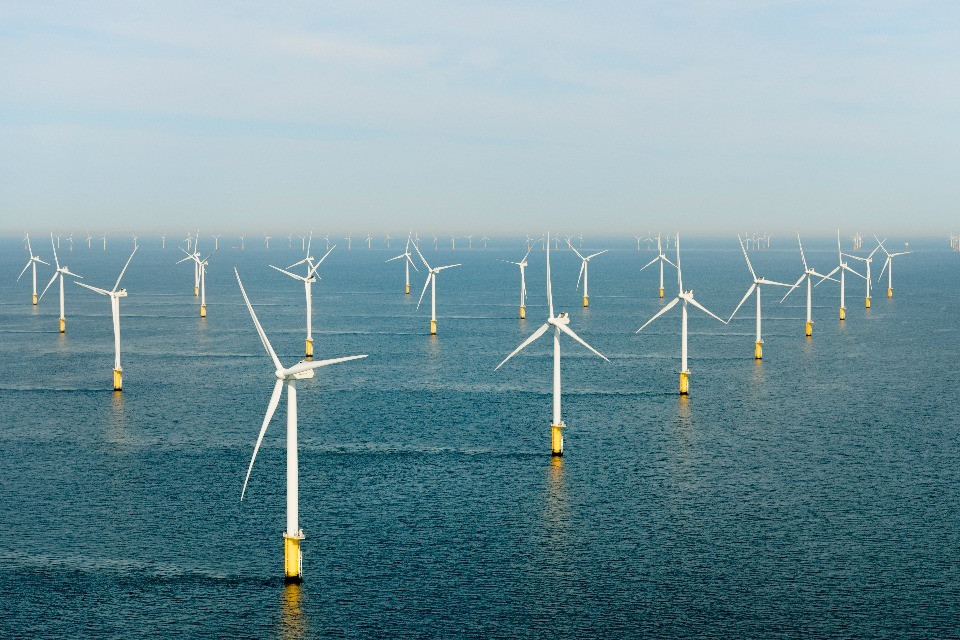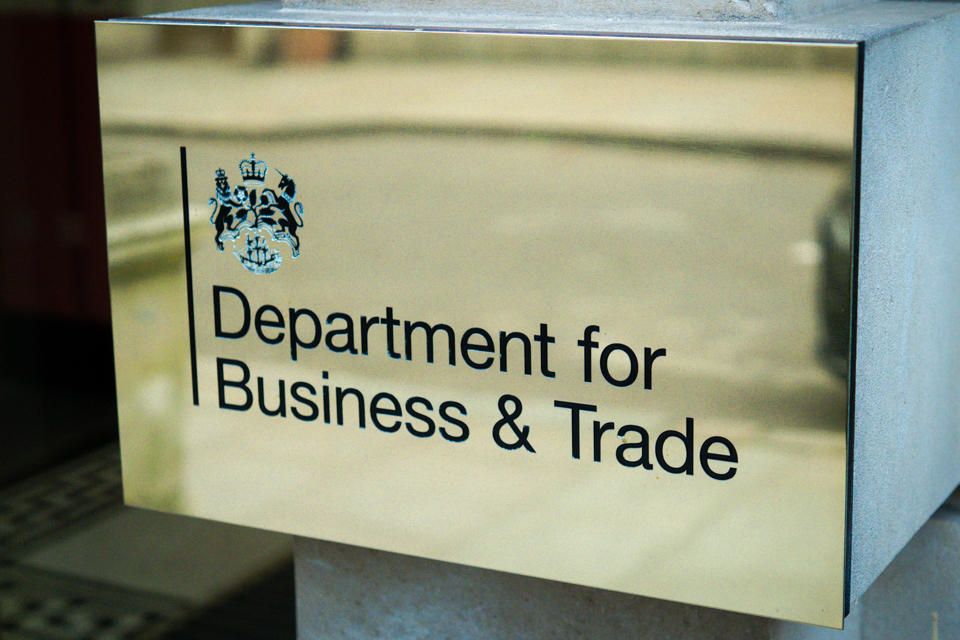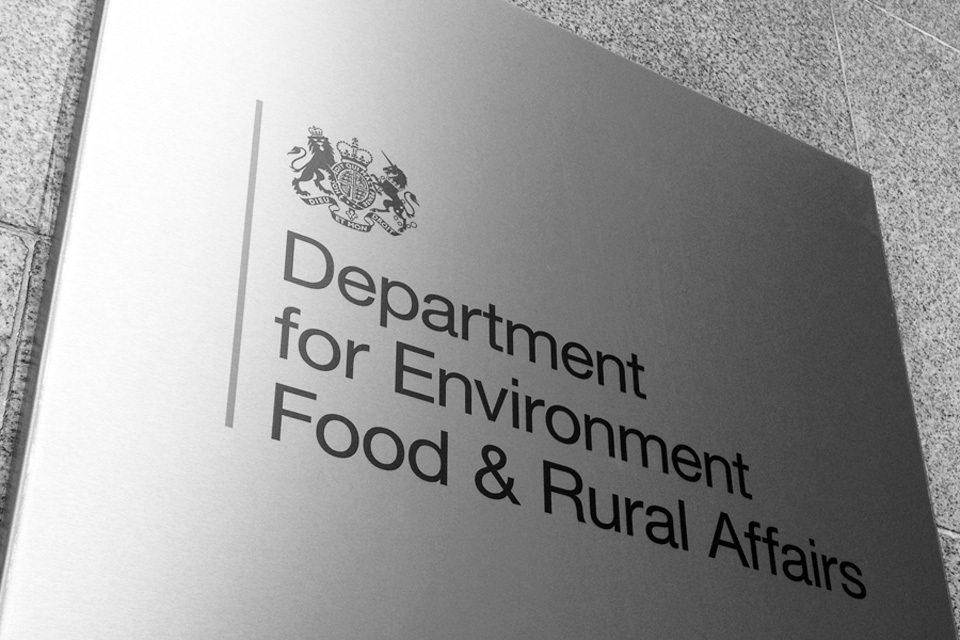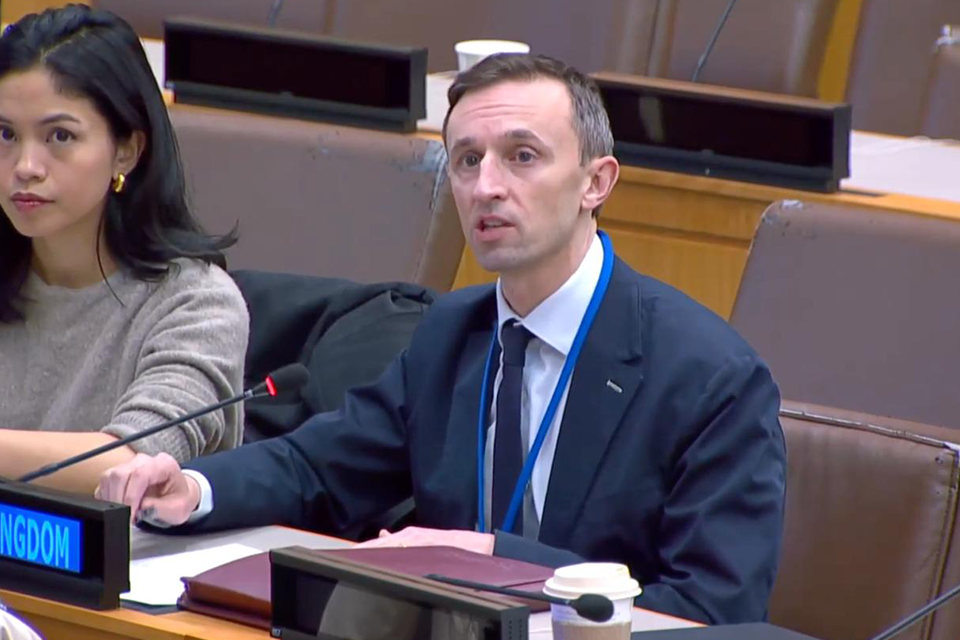The Government’s sprint to build clean, homegrown power will be accelerated whilst also protecting vulnerable animals, as it today (Tuesday 21 January) reveals targeted changes in the management of underwater noise.
As part of the Government’s Plan for Change, the innovative measures will reduce harmful noise levels in our seas to allow new offshore wind projects to continue to be built at pace, particularly in sensitive areas of our waters. This will help fast-track the UK to deliver a clean power system by 2030.
Over 300,000 pieces of unexploded ordnance from the First and Second World Wars sit on the UK seabed and, if encountered, must be cleared during the construction of offshore wind projects. Now, operators are expected to use low-noise disposal methods to clear such ordnance by default, with noisy high-order detonations considered a last resort and restricted to extraordinary circumstances only.
Developers will also now be required to demonstrate they have made clear efforts to reduce underwater noise during the installation of offshore wind turbines. This will be followed by a public consultation on setting a future noise limit for offshore wind construction.
As well as minimising the harmful effects of loud explosions and pile driving on vulnerable marine species and commercially valuable fish stocks, the measures will prevent construction delays caused by breaches in noise thresholds, accelerating the building of offshore wind projects planned for 2025 onwards.
Marine Minister Emma Hardy said
As we expand offshore wind to make Britain a clean energy superpower through our Plan for Change, we need to protect the vulnerable animals of our seas.
These new measures support the construction of offshore wind that the UK needs, while making sensible changes to stop needless harm to underwater life.
Dame Joanna Lumley said
I’m thrilled to the core at this announcement. This is a magnificent example of government and industry coming together to embrace technology and challenge the old way of doing things.
Our seas, and the creatures that call them home, are unbelievably precious. This announcement should ensure that high-order detonation, and the damage it wreaks, is consigned to the history books.
For too long we’ve being using Second World War technology to dispose of underwater unexploded munitions. I commend all those in the Government, Parliament and industry who have worked so hard to get this pioneering and groundbreaking advance over the line.
Marine Planning Officer at The Wildlife Trusts Christina Platt said
While many people are aware of the harmful impacts pollutants like plastic and sewage can have on marine wildlife, underwater noise tends to get a lot less airtime. But the reality is that human activities at sea can often emit noise at levels which can negatively impact wildlife, from causing changes in their behaviour, to injuries and even in some cases death.
As UK seas get busier, it’s only right that all efforts are taken to limit unnecessary harmful underwater noise pollution. That’s why for many years The Wildlife Trusts have worked closely with government and statutory nature advisors, alongside regulators and industry, to find practical solutions to reduce the impact of this pollution on marine life.
Not only do we welcome Defra’s new policy on underwater noise, but see the new approach as vital given the increasing pressures our marine wildlife faces.
Managing Director for Offshore at ScottishPower Renewables Ross Ovens said
Collaboration between government and industry is key to accelerating the building of offshore clean energy projects.
Through the learning from the construction of our East Anglia THREE windfarm and the pilot project, we welcome the opportunity to play our part in shaping the policy landscape that will allow developers like us to deliver the projects that will support investment, growth and a clean energy future for us all.
Further, the government has partnered with The Crown Estate’s Offshore Wind Evidence and Change programme and representatives from the explosives and offshore wind industries to test and develop new, quieter technologies for bomb clearance, and pilot proposed noise limits during offshore wind construction.







